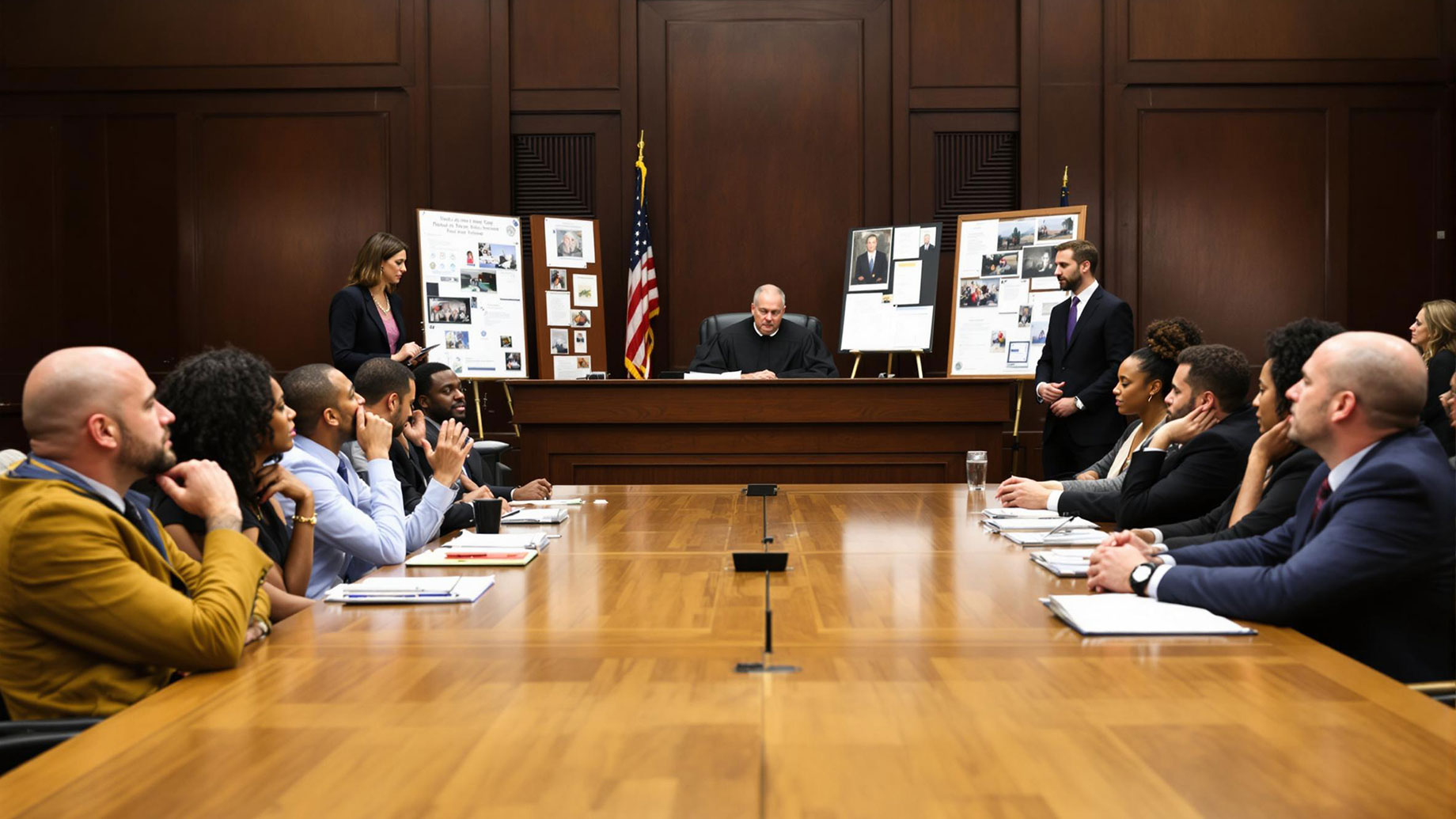
Louisiana consistently ranks among the highest-risk states for serious personal injuries, with 37,306 suspected injury crashes reported in 2024—an average of 102 crashes per day—and 699 traffic fatalities statewide. These stark figures underscore the prevalence of personal injury incidents that eventually land on courthouse dockets across the Bayou State. Against this backdrop, law firms bring both local insight and legal acumen uniquely tailored to Louisiana’s communities, where jurors often carry personal experiences with injury and loss into the jury box.
Understanding why juries decide the way they do is essential, especially since 2023 saw Louisiana’s fatal injury rate among the highest in the nation. In such an environment, psychological dynamics, from preconceived biases to emotional responses, play a decisive role in shaping verdicts. Experts such as Galloway Jefcoat examine the intersection of these human factors and robust injury data, where juries render decisions that profoundly affect claim outcomes.
The Role of Perception
The jury’s role is vital, as decisions are shaped and highly dependent on perception. Jurors process the evidence and the testimony with their own filters. That interpretation might be shaped by previous experiences, beliefs, and emotions. A juror who has suffered a similar injury may identify more with the plaintiff, which could skew his or her view of the case. Grasping these perceptions enables legal teams to plan their case and present it in a manner that will be compelling for a jury.
Impact of Biases
Unquestionably, bias is inherent in human decision-making. Jurors may harbor real or unconscious biases that impact their decisions on the case. This can create confirmation bias, where jurors will give more weight to evidence supporting their first impressions, especially if they believe an accused person is guilty and the defense has not changed their minds. One of the most fundamental things they want to achieve during jury selection is to counter any potential bias within the jury so that the jury can be as neutral as possible.
Emotional Influence
Jury decisions can be significantly influenced by emotion. Personal injury cases have gut-wrenching narratives and shocking visuals that are likely to play an identifiable role in triggering emotions. Jurors with a sympathetic view of a plaintiff may decide to award damages where the evidence is not strongly in their favor. On the other hand, if jurors are angry with a defendant, they are likely to be more punishing. Legal professionals mostly use emotional appeal to their advantage and are careful with the evidence.
Storytelling in the Courtroom
Storytelling is inherent to all of us. In the courtroom, it adds a personal touch so jurors can relate to the case. There is a narrative arc; a narrative frame around a presentation story provides context and makes dense chunks of information digestible and memorable. Different narratives lead to different conclusions. By telling an evidence story, attorneys walk jurors through the facts and lead them to a logical conclusion. Engaging storytelling can connect technical legal details with jurors’ everyday lives.
Group Dynamics
A jury is not just people but a group that discusses and deliberates. Several factors, including social dynamics amongst the jury, can affect decisions. Strong personalities may influence weaker jurors, and groupthink may result in a result that does not mirror the views of any individual. The tendency to weigh some voices above others affects all disputed legal cases. However, open discussion and various perspectives can mitigate differences and lead to a fairer verdict.
Decision-Making Processes
When deciding, jurors will often use heuristics, or mental shortcuts. Such shortcuts are the basis of rapid evaluations but can also be prone to mistakes. Similarly, jurors might make a miscalculation about the probability of an event due to the availability heuristic, exaggerating that probability based on the number of recent similar cases encountered. Summarizing how these cognitive processes work provides jurors with a working template of how they ought to decide on each case at trial.
The Influence of Legal Guidelines
Although psychological factors are important, legal standards are also vital for juries. Judges give instructions that set out the legal standards to which jurors must apply. They are guidelines for how to weigh evidence and come to a decision. But in cases with complex legalese, jurors might cast aside some of the legal definitions in favor of gut feeling. A better way to ensure that jurors apply the law is to simplify legal instructions, providing clarity when needed.
Final Thoughts
A combination of psychological and legal factors influences jury decisions in personal injury cases. Insights into perception, prejudice, emotions, narratives, group dynamics, judgment, and the law will instruct lawyers on how to prepare for and shape jury results. Understanding that human decisions are behind these choices can help us develop effective legal strategies while also promoting a fair and just judicial process.